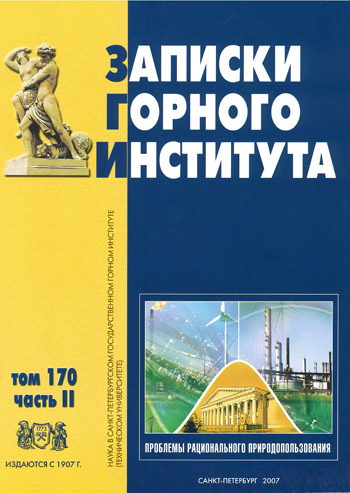The pharmaceuticals removal by means of AOPs
- 1 — Silesian University of Technology
- 2 — Silesian University of Technology
- 3 — Silesian University of Technology
Abstract
Recent studies of the aquatic environment have revealed the presence of drugs in sewage treatment plant effluents, treated wastewater and surface water, which means incomplete metabolism of drugs in the human body. These substances, both in unchanged form and in the form of biologically active forms, are present in the environment and affect living organisms. Most pharmaceuticals are characterized by a stable chemical structure, and it is not possible to remove them by conventional methods used in wastewater treatment plants. Thus, the danger of accumulation of drugs over many years appears to be real. Chemical methods are required for their removal from the environment. Methods based on ad valorem oxidation processes (AOPs) utilize free hydroxyl radicals that react non-selectively with many organic substances due to their high normal potential. AOPs include chemical and photochemical oxidation processes, such as ozone and hydrogen peroxide oxidation, photochemical dissociation by ultraviolet radiation, Fenton reactions (hydrogen peroxide - divalent iron ion system) and photochemical Fenton reaction, as well as combinations and modifications of these processes.
